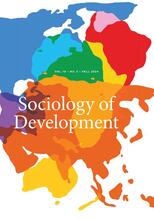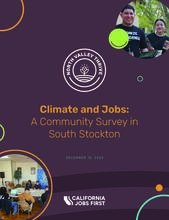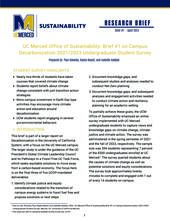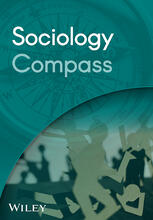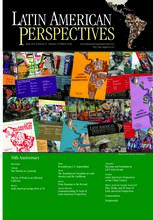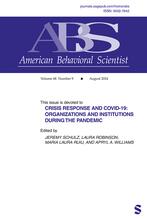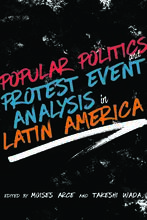Labor has stood as a central actor in the waves of contention against authoritarian forms of pro-market development in the Global South. In this paper, we analyze the local-level conditions that foster the mobilization of labor groups under such contexts. We study how municipal-level repressive and economic threats from authoritarian forms of pro-market development models generate labor protest. We focus on a wave of labor protest in El Salvador. In particular, we examine how subnational counts of labor mobilization events relate to variations in targeted repression and the labor flexibilization associated with transnational production. We use a unique dataset of labor mobilization, forced disappearances, and industrial ownership in El Salvador at the municipal level. More instances of disruptive labor protest emerged in those localities characterized by heightened political persecution and new workplace pressures from manufacturing operations financed by transnational capital. Based on threat models of contention, a more fine-grained approach at the subnational level helps explain how collective resistance builds into a full-blown wave of labor protest in authoritarian capitalist regimes.
Publications
2025
2024
Student Survey Highlights
- Nearly Two-Thirds of Students Have Taken Courses that covered Climate Change
- Students Report Beliefs about Climate Change Consistent with Just Transition Action Strategies
- More Campus Investment in Earth Day-Type Activities May Encourage more Education and Climate Action around Decarbonization
- UCM Students Report Engaging in Several Pro-Environmental Behaviors
Key Findings and Recommendations
- The decarbonization survey reached nearly one in three members of campus
- UC Merced maintains curricular resources to overcome the dense jargon of climate action terminology
- There is widespread support for UCM to engage in equitable climate planning in the region that prioritizes working families and disinvested communities
- There is broad campus backing for UCM to seek greater external investments to fund climate action planning and decarbonization efforts in the San Joaquin Valley
- Nearly one out of every three members of the campus community is willing to participate in climate meetings off campus providing a vast human resource pool for climate action
- A permanent campus climate action commission should be immediately established to continue the implementation of the preferences in this survey
Scientific research on the mechanisms to address global warming and its consequences continues to proliferate in the context of an accelerating climate emergency. The concept of climate action includes multiple meanings, and several types of actors employ its use to manage the crisis. The term has evolved to incorporate many of the suggested strategies to combat global warming offered by international bodies, states, nongovernmental organizations, the private sector, and social movements. The present work offers a classification scheme to build a shared understanding of climate action through a lens of environmental justice and just transitions developed by sociologists and others. The classification system includes major institutional and noninstitutional forms of climate action. By identifying the primary forms of climate action, analysts, scholars, policymakers, and activists can better determine levels of success and how different forms of climate action may or may not complement one another in the search for equitable solutions in turning back the rapid heating of the planet.

